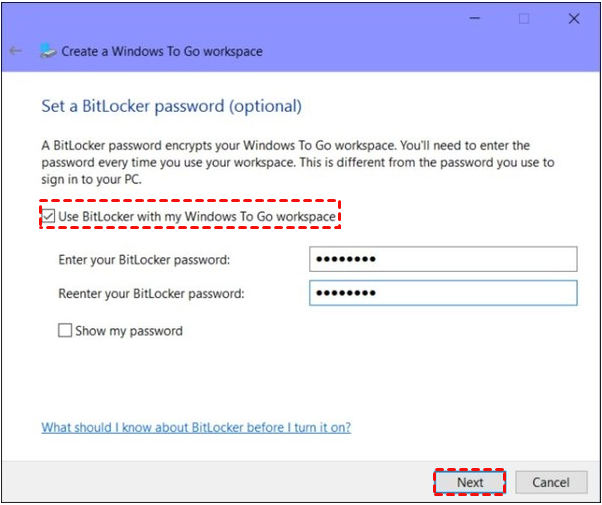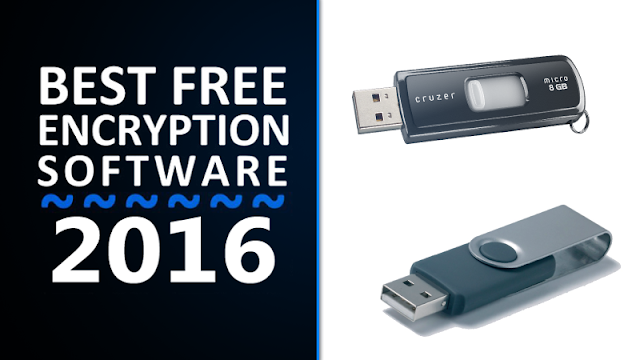

- Encrypt flash drive windows 10 home portable#
- Encrypt flash drive windows 10 home password#
- Encrypt flash drive windows 10 home Pc#
Quick tip: If the 'Device encryption' page isn't available, then it's likely that your.

Encrypt flash drive windows 10 home password#
You’ll also be prompted to enter the password you created initially each time you plug in the encrypted USB drive. To enable device encryption on your Windows 10 Home laptop or desktop computer, use these steps: Open Settings.
Encrypt flash drive windows 10 home Pc#
If you open This PC by the lock symbol, you’ll know the drive is securely encrypted. The speed by which it encrypts your drive may move fast or slow depending on the size of your USB drive, the amount of data you have stored on it, and the system specs of your machine.
The next step is to encrypt the USB drive. Select the 256-bit XTS-AES encryption mode (with an improved algorithm, it also offers integrity support). Here, you have two options: select the entire drive or the used space only. Next, select how much of your USB drive you’d like encrypted. You can save this key or print it out and store it someplace safe instead of storing it in the cloud. This key allows you to access the USB drive in the event that you lose the encryption password you entered in the previous step. You’ll get a prompt to back up a recovery key. Type in a unique, strong password you can remember in the Enter your password box, and do it again in the Re-enter your password box. Next, check the Use a password to unlock the drive box. Wait a few seconds for BitLocker to setup. Right click on flash drive and select Turn on BitLocker. Insert your USB flash drive into your Windows PC. Select Create an encrypted file container and click on Next to confirm your choice. Here’s how: Open VeraCrypt and click on Create Volume to launch the wizard. In order to encrypt your USB drive using BitLocker, take the steps below: To encrypt your flash drive using VeraCrypt, you have to set up a data container. It’s simply a way of preventing your sensitive and confidential files and data from landing in the wrong hands or being accessed by unauthorized persons via security incidents and data breaches. You should note that encryption doesn’t protect your data and files from password prying methods and password-collecting malware. Thankfully, you can encrypt a USB drive and protect your sensitive files and data whenever they’re transferred between different locations. Next, create a strong password to unlock this flash drive in the future. Encrypt flash drive windows 10 home portable#
A USB drive is a portable device that offers a convenient way of storing and/or transferring your data, though this can come with several security risks. To encrypt a flash drive with BitLocker: Insert the USB drive into the computer, find it via the File Explorer, right-click on the flash drive, and select Turn on BitLocker.






 0 kommentar(er)
0 kommentar(er)
